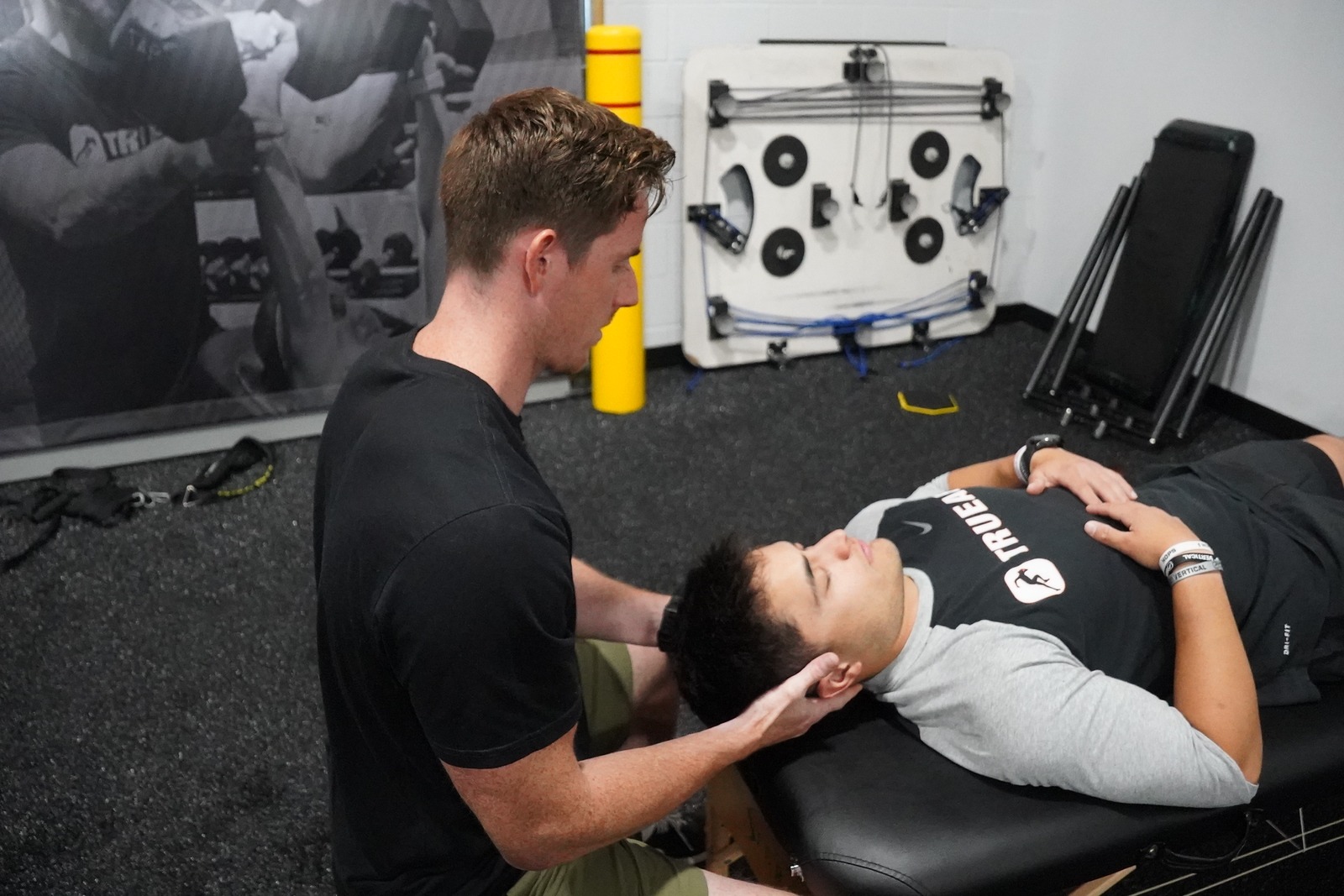Becoming a physical therapist (PT) is a rewarding but demanding journey that requires years of education, clinical training and ongoing licensure. Whether you’re a high school student planning ahead or a college graduate exploring healthcare careers, this guide explains exactly how to become a physical therapist.
What Are the Steps to Becoming a Physical Therapist?
The path to becoming a physical therapist involves several educational and licensing milestones. Here’s a detailed breakdown of each step you’ll need to take to enter the profession.
Step 1: Earn a Bachelor’s Degree
The first step is to complete a four-year undergraduate degree. While you can major in any subject, you must complete specific prerequisite courses to apply for physical therapy school.
Common prerequisites include:
- Anatomy and Physiology (two semesters)
- Physics (two semesters)
- Biology (two semesters)
- General Chemistry (two semesters)
- Statistics
- Psychology
- Sociology
- Medical Terminology
Each physical therapy program has its own requirements, so it’s important to review them early.
Step 2: Gain Shadowing and Volunteer Experience
Most physical therapy programs require applicants to complete a minimum number of observation or shadowing hours under licensed physical therapists. These hours should be in a variety of clinical settings, such as outpatient clinics, hospitals, rehab centers and nursing homes.
Aim for at least 50 to 100 verified hours, and try to experience multiple specialties like orthopedics, geriatrics, neurology or pediatrics.
Step 3: Apply to Physical Therapy School
To apply to a Doctor of Physical Therapy (DPT) program, students typically use the centralized application system called PTCAS (Physical Therapist Centralized Application Service). Some schools may also allow direct applications outside of PTCAS.
Application materials usually include:
- Official college transcripts
- GRE scores (required by many, but not all programs)
- Personal statement or essay
- Letters of recommendation (often from professors or licensed PTs)
- Shadowing hour documentation
- Extracurriculars, internships, volunteer work and honors
After submitting your application, selected students are invited to interview with the program’s admissions committee.
Step 4: Complete a DPT Program
Once accepted, students begin a three-year Doctorate of Physical Therapy program. These graduate programs combine classroom education, hands-on labs and real-world clinical experience.
All accredited DPT programs require students to complete at least 30 weeks of full-time clinical rotations in different healthcare environments.
Academic coursework typically covers:
- Kinesiology and biomechanics
- Musculoskeletal and neurological rehabilitation
- Clinical decision-making
- Patient assessment
- Evidence-based practice
Step 5: Pass the NPTE and Meet State Licensure Requirements
After graduating from a DPT program with your Doctorate degree, students must pass the National Physical Therapy Examination (NPTE) to earn their license to begin treating. Many students take several months to study and complete practice exams before sitting for the test.
Once the NPTE is passed, applicants must meet additional state-specific licensure requirements, which may include:
- Fingerprinting and background checks
- A jurisprudence exam (tests knowledge of local laws and ethics)
- Proof of graduation and clinical hours
Each state has its own licensure process, so be sure to check with your state’s physical therapy licensing board.
Step 6: Maintain Licensure and Continue Learning
To remain licensed, physical therapists must complete continuing education every renewal period (typically every two years). Most states require around 30 continuing education units (CEUs), which can include:
- Online or in-person courses
- Clinical workshops
- Professional conferences
If you plan to practice in a different state, you will need to apply for licensure there as well, which may involve additional exams or documentation.
FAQs about Becoming a Physical Therapist
How long does it take to become a physical therapist?
Typically 7 to 8 years: 4 years for a bachelor’s degree and 3 years in a DPT program, plus time for exam preparation and licensure.
Do I need to major in something specific?
No. You can major in any field as long as you complete the prerequisite courses required by DPT programs.
Is the GRE required?
Many, but not all, physical therapy schools require adequate GRE scores. Always check the requirements of each program before applying.
Can I work while in PT school?
Some students work part-time, but DPT programs are academically rigorous and often include full-time clinical rotations, so flexibility is key.
Explore Physical Therapy at Herlong Sports Physical Therapy
Whether you’re pursuing a career in physical therapy or looking for expert care, Herlong Sports Physical Therapy is here to support your journey. Our team of experienced professionals is dedicated to helping patients move better, recover faster and live healthier lives. Contact us today to learn more or schedule an appointment.


